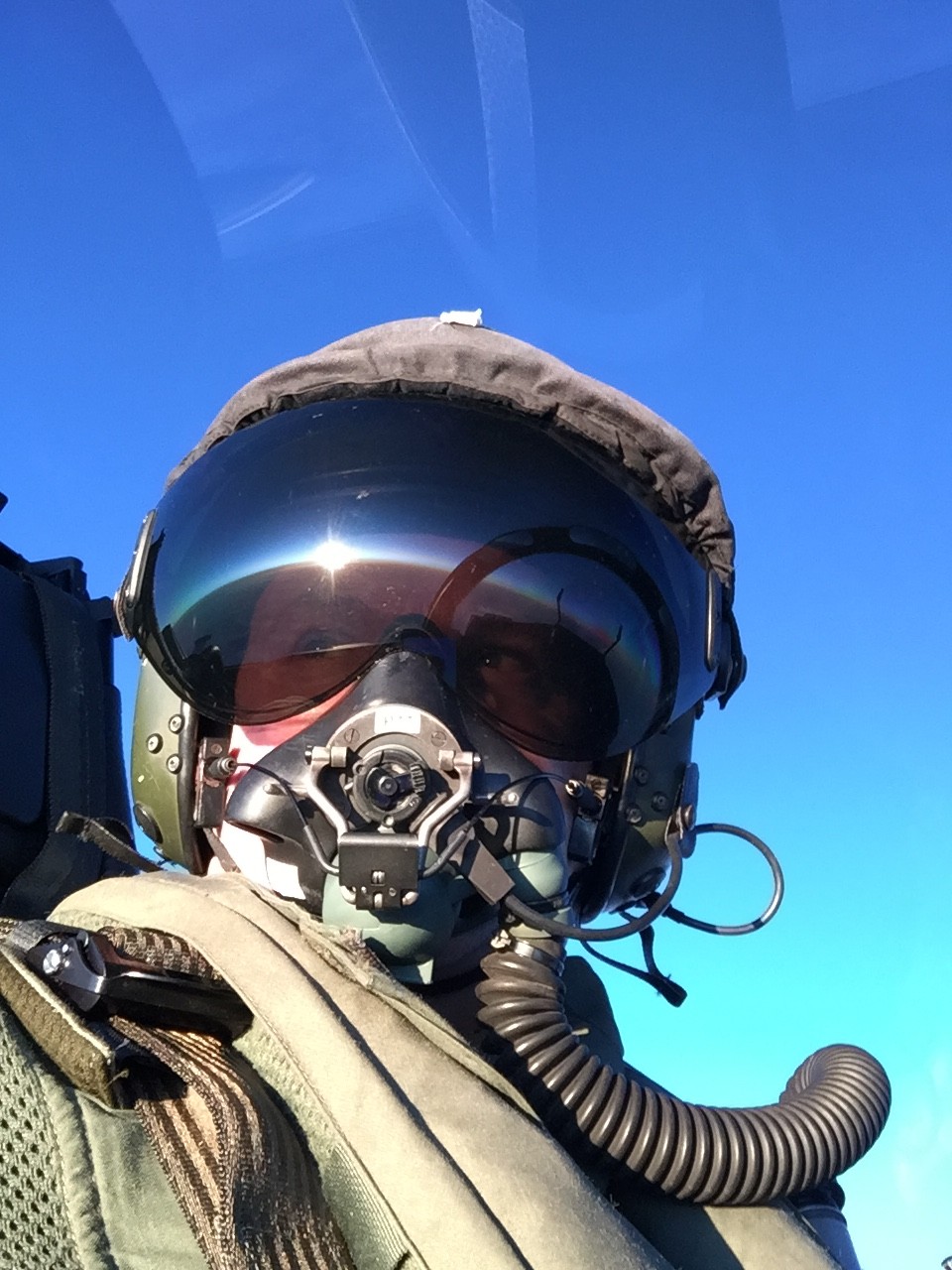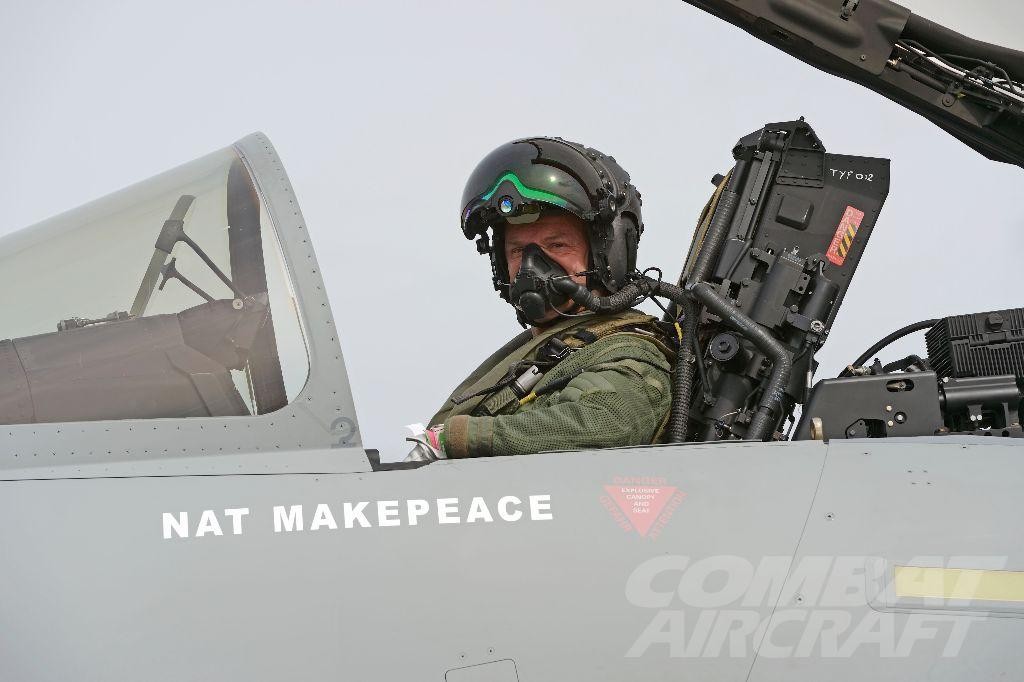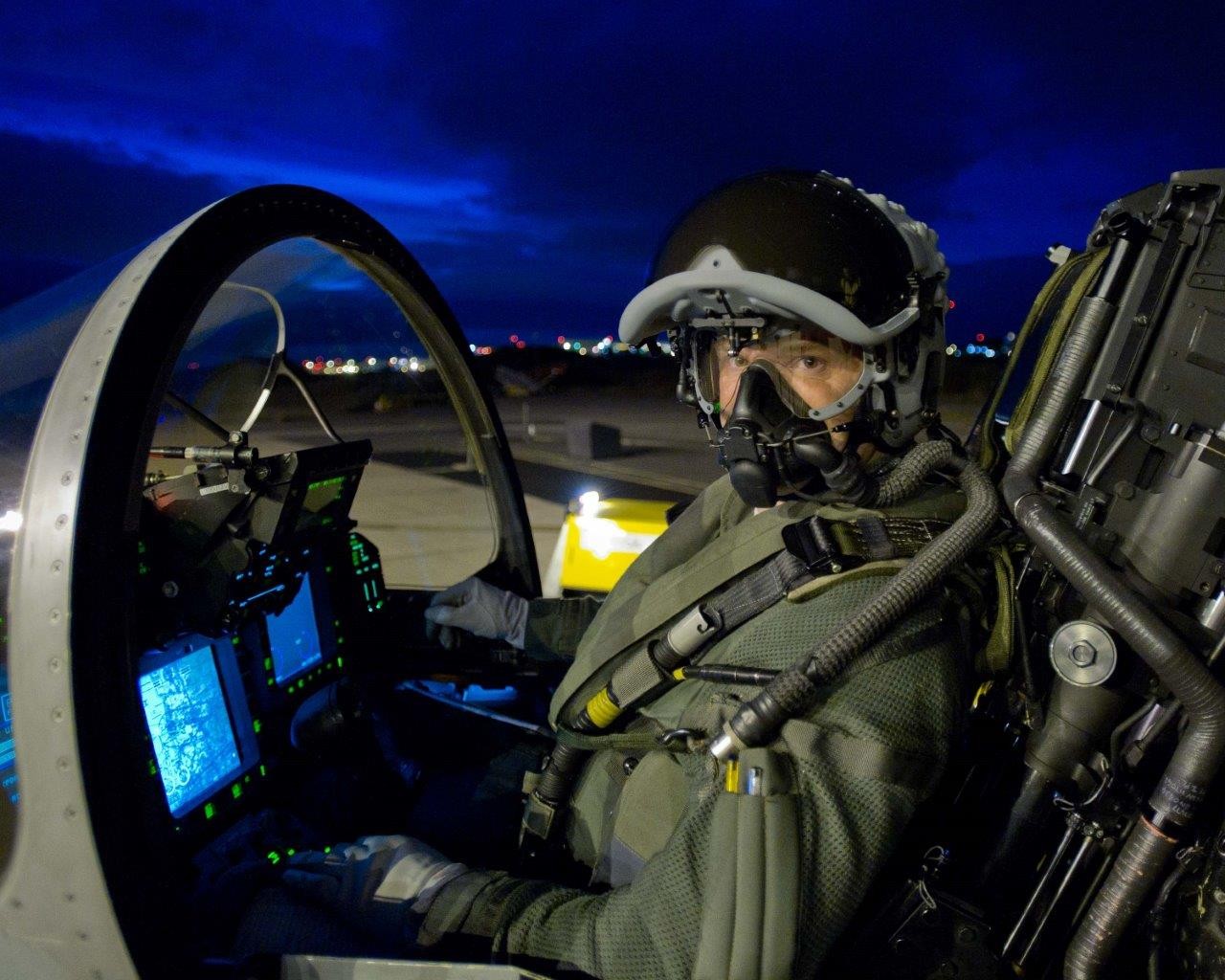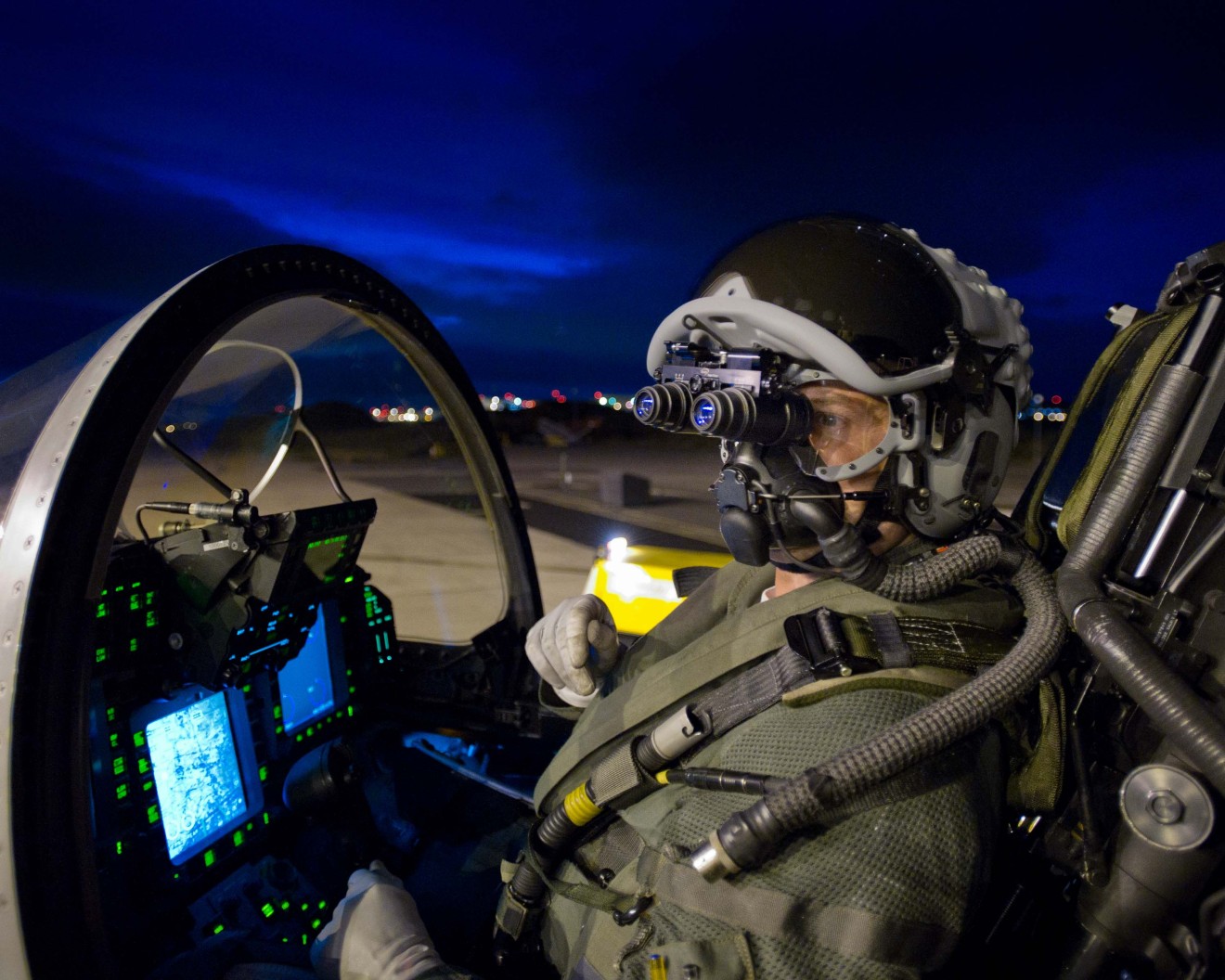For much of the last decade Nat has gone to work in an office that can travel at twice the speed of sound. And, now, while he’s swapped the cockpit for a more traditional office in Eurofighter’s Munich HQ, he still has a unique role that draws on all that experience.
“Being a Typhoon pilot in Eurofighter means I act as the voice of the operator,” says Nat. “I do the job because I want to make the product better for the operators. Helping them get the product they want is important and the complexity is such that the guys writing the code can’t possibly know what all the operators are going to use the product for.
“You could almost call me a consultant within the business. It’s a very interesting role. I support all the programmes on technical matters, give briefings to programme management teams, and liaise with my counterparts within NETMA, our customer organisation. The rest of my role involves helping on programmes and trying to help engineering and operators.”
The job at Eurofighter means Nat is still in regular contact with the men and women who fly the aircraft both from industry and from the air force community. He plays a pivotal role organising two committees: first, the Joint Flight Ops, which is made up of the project pilots from the four industry partner companies (BAE Systems, Airbus Germany, Airbus Spain and Leonardo), and second, the JCORD, which brings together project pilots plus operational pilots from the national air forces of Germany, Spain, Italy and the UK. This group looks at aspects of the design, like the cockpits and avionics, to help further develop the aircraft.

A Life In The Cockpit
Nat has lived and breathed fast jets for most of his adult life. Inspired by the aircraft flying over his boyhood home in Yorkshire, he learned to fly at Blackpool Airport in 1985, whilst still at Southampton University where he was studying aeronautics and astronautics. After joining the Royal Air Force in 1987 he carried out basic flying training before progressing to RAF Valley for advanced flying training and then becoming a flying instructor.
“After Valley my career took me onto the Tornado and I was stationed at RAF Bruggen in Germany for five years. While there I spent over a year flying over Iraq in a peace-keeping role.”
At the end of 1998, Nat’s RAF career took a turn that would have a lasting impact when he secured a place at the Empire Test Pilot School and became a test pilot. Following graduation Nat Joined the RAF’s Fast Jet Test Squadron where he worked on the Tornado GR4 upgrade and several other programmes. He also ran the Research and Development flight where he did a lot of work on helmet display technology. Nat’s team became one of the first in the world, to fly with a helmet mounted display inside night vision goggles.
Then in 2002 he was posted to the United States Air Force to Eglin Air Force Base, Florida, as an experimental test pilot carrying out weapons development, predominantly on the F-16. The US left a lasting impression not least of the skill and knowledge of the pilots he worked with.
Flying Solo
On his return to the UK in 2005 Nat left the RAF and took his skills into industry. He joined BAE Systems, initially working on the Hawk programme and spent a lot of time overseas, including a Middle East and Europe tour with the Red Arrows.
Another key career milestone arrived in 2008 when Nat started flying Typhoon. Two years later he was appointed Project Pilot responsible for Typhoon, a role which included several firsts: he piloted the first flight of the P1E standard jet, the first flight of a Tranche Three aircraft, fired the first Meteors missiles from Typhoon, and also dropped Storm Shadow and fired Brimstone during test flights.

Says Nat: “I spent a lot of time transiting Typhoon around the world and during that role flew regularly with the RAF’s 41 Test and Evaluation Squadron, carrying out operational and development tests flying with them.”
He was even in the public eye from time to time. He says: “I was lucky enough to display Typhoon at the Farnborough International Air Show in 2010 in its heavy configuration with real bombs and in 2011 displayed at the Dubai Air Show and also in Malaysia. Then in 2016, I also displayed the ‘Centurion Fit’ Typhoon at RIAT and Farnborough — winning the Steedman Display Sword at the former.“
Such was his standing within the test flying elite, Nat was called to become a Fellow of the prestigious invitation-only Society of Experimental Test Pilots.
A Fresh Challenge
In 2019, Nat brought all that knowledge and experience to Eurofighter when he took up the job as Head of Operational Factors.
“I love flying, but after 34 years and over 5,000 flying hours, I always knew it would come to an end. That said, in some ways the skills needed in this role are very similar to when I was a Project Pilot but the emphasis is different. It's still about trying to bring the aircraft to life for people who have never flown it but, whereas at BAE Systems I was focused on pure technical discussions, my current role has far broader scope.
“Yes, I still work in a technical capacity for the Chief Engineer, but I also spend quite a lot of time talking to the programme teams and the strategy teams. It's my knowledge of the platform and the experience of what it's really like to fly that's key. In this role you have to look at things from the point of view of every person involved in the programme.”
Nat says that as well as bringing a fresh challenge the new role has also brought him an appreciation of the wider Eurofighter enterprise.

He explains: “As a test pilot and an operational pilot, you're only looking at things from the cockpit perspective. Coming to Eurofighter you get to see the different national political aspects up close and the commercial reality much clearer. It helps you truly understand the complexity of the programme.
People working in Eurofighter get an amazing opportunity to learn about the big picture and see that it’s about more than just the product we're working on.”
Nat says that one of the key attributes needed to be successful in the current job is to form good relationships. “Very often my job is all about getting the right people talking to the right people at the right time. Understanding who needs to connect with whom and when is vital.
The ability to prioritise is important too, as is the ability to communicate a simple message to decision makers. My rule is that if I have a one-hour presentation to make the maximum number of slides I should have is four."
As for a typical day. Well, forget that notion. It varies from current day problems to looking at the future strategy and things like the Long Term Evolution project. On any one day he might be reviewing classified tapes and briefing programme managers and board members. Another day will see him attending technical meetings or liaising with the customer about a design assessment.
However, while diary demands my vary, Nat’s motivation is constant: his primary focus is on the man or woman in the cockpit and translating the technical engineering difficulties into priorities.
“Having a focus on the operator and their role is important if we are to produce a better product. Whatever the task it always comes back to that.”
NAT’S FLYING COLOURS
5,300 flying hours, the vast majority on fighters
1250 flying hours on Typhoon
1800 Tornado flying hours
40+ Different aircraft types flown
20 Different air forces worked with
